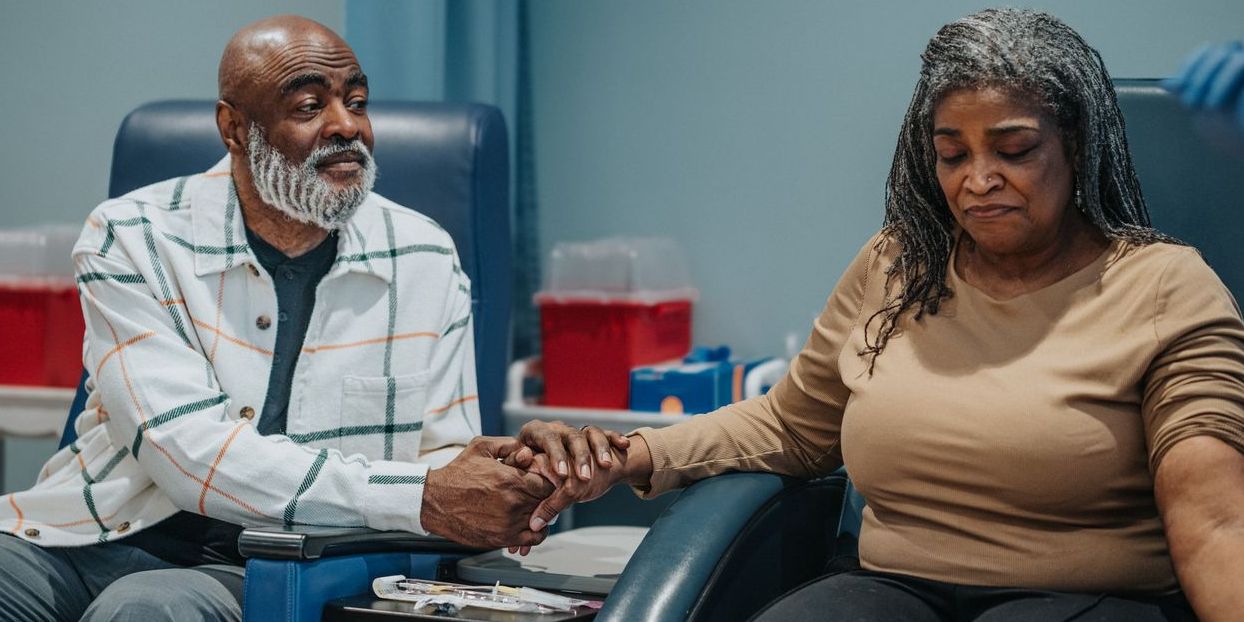The following is a summary of “Correlation between prehospital and in-hospital hypotension and outcomes after traumatic brain injury,” published in the March 2023 issue of Emergency Medicine by Rice, et al.
After traumatic brain injury (TBI), hypotension significantly affects a patient’s prognosis. However, it was unknown how much influence hypotension in the field has compared to early hospital resuscitation. Therefore, for a study, researchers examined the relationships between hypotension and mortality and non-mortality outcomes in four cohorts based on whether the hypotension occurred in a prehospital or hospital setting or both.
Major TBI was present in subjects ≥10 years. For unadjusted analyses, conventional statistics were applied. In addition, we calculated the adjusted odds (aOR) for outcomes in each of the three cohorts using logistic regression, adjusting for relevant covariates.
About 12,582 participants were included (69.8% male; median age 44 (IQR 26–61). Hypotension status and mortality: Without hypotension: 9.2% (95%CI: 8.7-9.8%); with hypotension solely in the EMS: 27.8% (24.6-31.2%); with hypotension only in the hospital: 45.6% (39.1-52.1%); with combined EMS/hospital hypotension: 57.6% (50.0-65.0%); (P< 0.0001). The aOR for mortality followed a similar pattern, readings being 1.0 (reference, no hypotension), 1.8 (1.39-2.33), 2.61 (1.73-3.94), and 4.36 (2.78-6.84), respectively. Those who had EMS hypotension were more likely to experience hospital hypotension than those who did not, with a proportion of 19.0% (16.5-21.7%) versus 2.0% (1.8-2.3%) (P< 0.0001). AOR 3.78 (2.97, 4.82) shows that the proportion of TC hypotension patients rose even with EMS “near hypotension” up to an SBP of 120 mmHg.
While individuals who experienced hypotension in the field or upon arrival at the trauma center were at significantly higher risk of dying than those who did not, those who had prehospital hypotension that did not improve before being taken to the hospital had by far the highest mortality rates. Additionally, TBI patients were five times more likely than non-patients to arrive hypotensive at the trauma center if they had prehospital hypotension. Last but not least, even “near-hypotension” in the field was strongly and independently related to a patient’s likelihood of arriving at the hospital with hypotension (90 mmHg). The results backed up the prehospital recommendations for aggressive prevention and treatment of hypotension in serious TBI.
Reference: sciencedirect.com/science/article/pii/S0735675722007549














Create Post
Twitter/X Preview
Logout